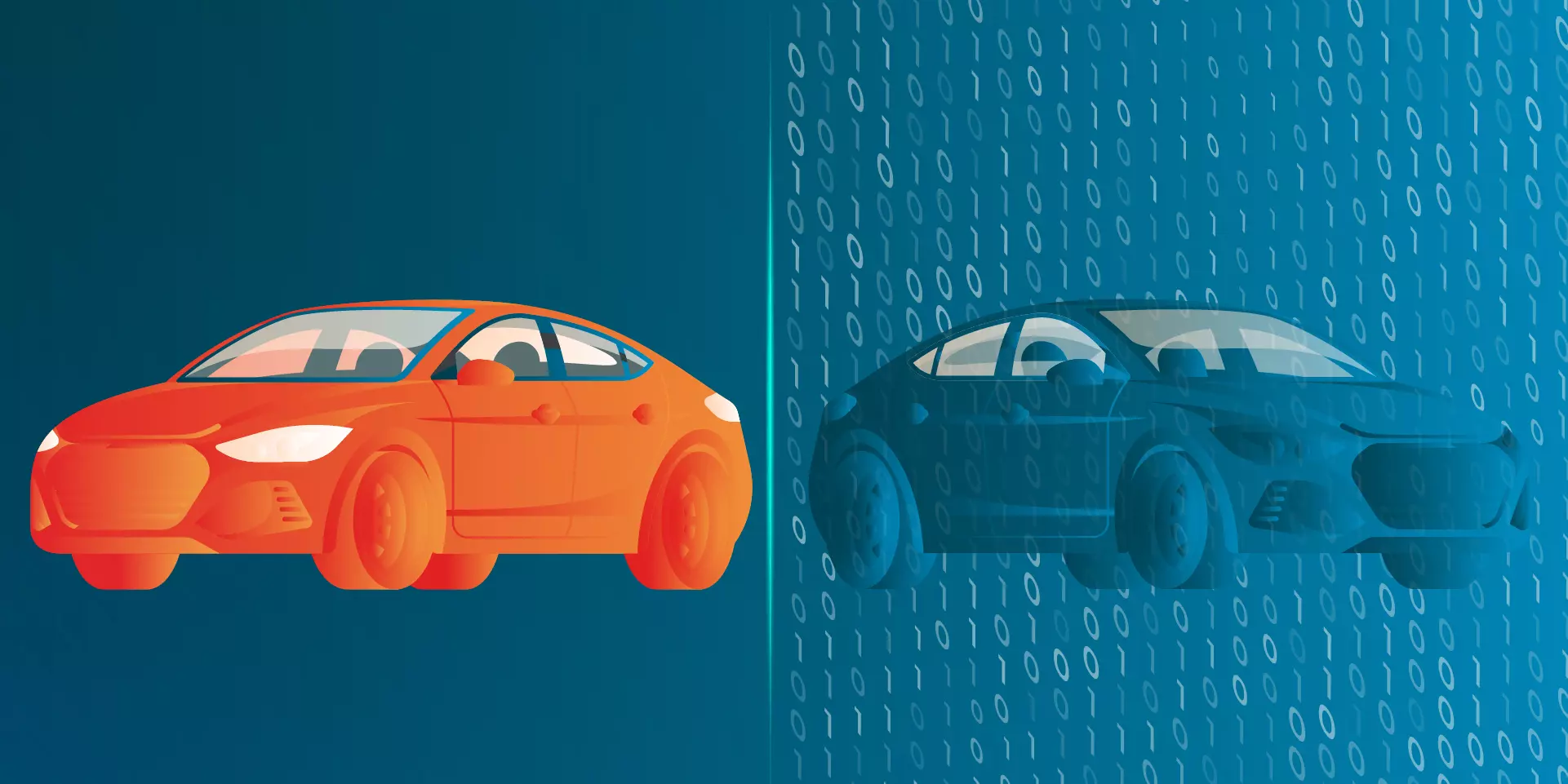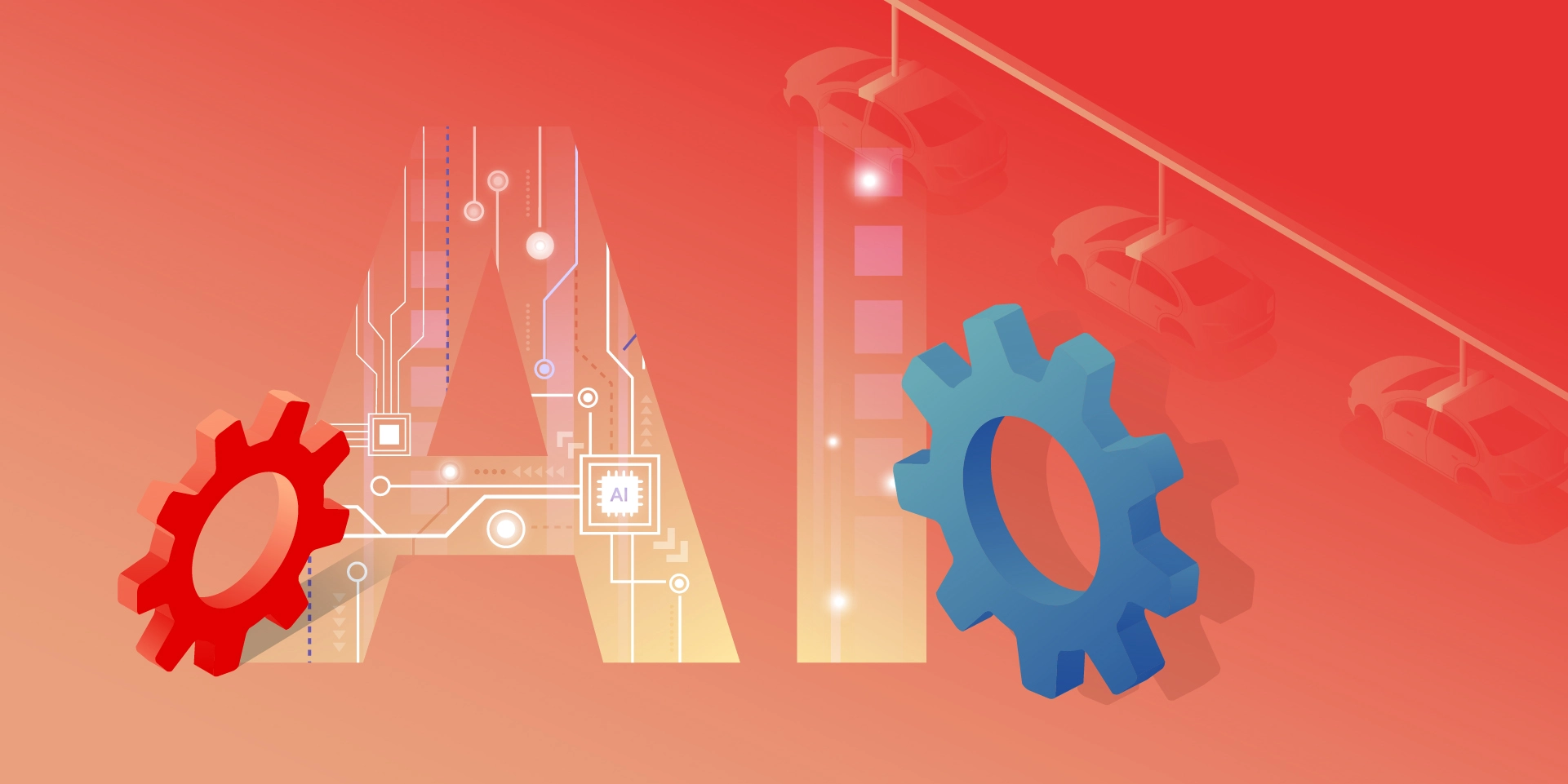How Porsche Developed a Digital Twin to Win the Race for the Virtual Car Concept

NASA used a precursor to these technologies to bring the Apollo 13 astronauts back to Earth. Lockheed Martin claims these types of solutions are one of six game-changing technologies in the defense industry. The opinion-forming Gartner includes them in its list of ten strategic technologies that can streamline corporate decision-making processes. When Porsche and Volkswagen Group reach for them, it’s a signal for the automotive industry to become interested in digital twin technology for good.
Although the concept of a digital twin had been developing in the space industry since the 1970s, it was not until the 1990s that it was first mentioned in the literature (the book entitled Mirror World, by David Gelernter). In industry, the technology was recognized even later, 30 years after the Apollo mission, when the authority in the field of PLM – Michael Grieves – disseminated it.
Today, the technology, which was officially named Digital Twin by NASA just over 10 years ago, is placed on the pinnacle of key solutions at the convergence of the virtual and real world. It works well wherever there is a high number of failures, work of coupled systems, and where the production process is long and burdened with numerous risks.
The automotive industry is one of these sectors, as demonstrated by the virtual car concept developed by Porsche for the new Taycan. What is a digital twin and what benefits does it bring?
- test prototypes for their functionality, durability and user expectations;
- predict defects and analyze possible design errors;
- save time and financial means;
- reduce design and production risks;
- improve monitoring capabilities of vehicle fleets;
- and best of all – it enables continuous product improvement, as it often collects data from not only one, but thousands of objects. This makes it learn faster and predict defects more precisely, as it is based on knowledge gathered from a vast number of sources.
In the case of cars, these could be sensors from dozens of systems spanning the entire vehicle lifecycle: from research and development to the manufacturing plant and OTA updates, to connected services.
„Chassis twin” – a virtual car concept developed by Porsche for TaycanThe „chassis twin” project has been in the process of development at Porsche for the past three years and then it was continued by the CARIAD company (the Volkswagen Group’s vehicle software provider). The air suspension of the new Porsche Taycan was chosen as the main object.
Why the chassis and not the entire car? Because it is this part of the vehicle that is subjected to the most strain, especially on racetracks.
Porsche engineers used intelligent neural algorithms to centrally analyze the data, and in-car sensor data was collected not only from Porsche cars but also from Volkswagen Group vehicles. This increased the data pool by over 20 times. The “chassis twin” concept enables chassis loads to be detected, even if they are not noticeable inside the cabin, and notify the driver before faults appear, even when no suspicious sound or vibration has yet been noted by the driver or mechanic.
The data collected by the vehicles is sent via Porsche Connect to a central system in the cloud, where an algorithm calculates the relevant durability and vehicle operation thresholds for the whole fleet of vehicles to create a baseline. When these are possibly exceeded, the driver of a specific vehicle receives a notification via Porsche Communication Management (PCM), that the chassis may require inspection. Looped into the computational work, the algorithm recommends not only the type of service needed but also the scope of work to be carried out in the service center.
By removing a faulty or overloaded component early on, the driver will not only be able to avert potential malfunctions, but also keep the vehicle in better overall condition.
In the future, based on a vehicle’s digital usage history, Porsche or a partner insurance broker can offer extended warranties and better services to the driver. The data can be classified, analyzed, and used not only for repairs to a specific vehicle but to predict life-cycle events for the entire product. This allows Porsche to create new services and features, and to test different scenarios for the development of a particular vehicle line. Thus, it saves the time and resources required to bring ill-conceived solutions into reality.
The other possible use case is that drivers themselves can use the data collected by the digital twin to negotiate with the prospective buyer. The buyer can view the vehicle’s overall condition and chassis service history.
As for drivers’ concerns about their own privacy, the manufacturer assures that it collects data anonymously and the system does not store any information that could identify the driver directly. The future of the concepts digitization of the automotive industry is gaining pace year after year. The digital twin concept may prove to be one of the key technologies that will push software-defined vehicles to new tracks and help companies create safer cars, provide new services and increase vehicle lifespan.
So far, half of the Taycan users have signed up for the Porsche pilot program, which collects data from the chassis of their sporty electric cars. In 2022, the program is to launch at a test level, and only sensor data directly from the mechatronic components will be evaluated. In the future, the concept is to reach its full potential, making it possible, among other things, to calculate the wear and tear of specific components without the need for physical measuring devices.
How will the “chassis twin” model developed by Porsche work out? The future will tell. What is certain is that a return to the past is only possible in the movies. In 2022, Volkswagen is commencing an era in which a virtual equivalent will soon await the driver, in addition to their actual real vehicle.
Do you want to learn more about the digital twin, virtual car concept, or digital world concept? Do you need support from experts who have developed software for key companies in the automotive industry? Contact us, and we will be pleased to answer your questions and help you develop key software for your company.

Check related articles
Read our blog and stay informed about the industry's latest trends and solutions.
see all articles

How to Simplify the Process of Building Production-ready AI Services and Reduce the Time for Resource Management in the Automotive Industry?
Read the article





